- Home
- Tools
- Power Tools
- Power Saws Blades
- Band Saws
.....Read More
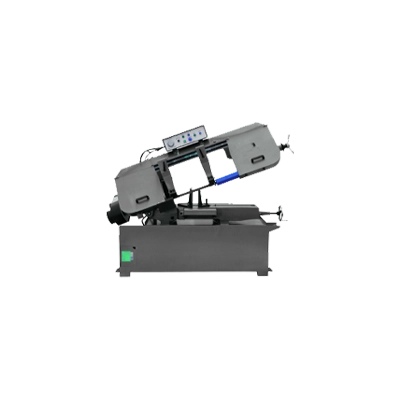
Automatic Horizontal Metal-Cutting Band Saws
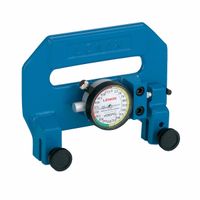
Band Saw Accessories
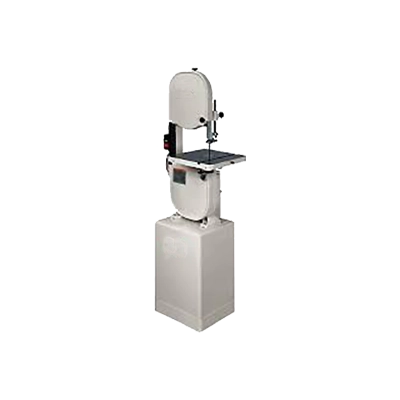
Combination Metal- & Wood-Cutting Band Saws

Combination Vertical/Horizontal Metal-Cutting Band Saws
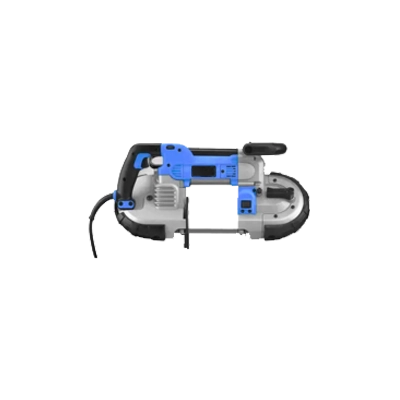
Corded Portable Band Saws
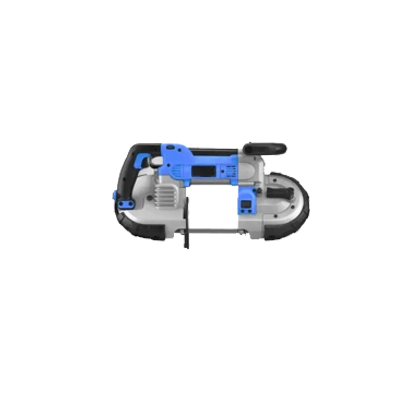
Cordless Portable Band Saws
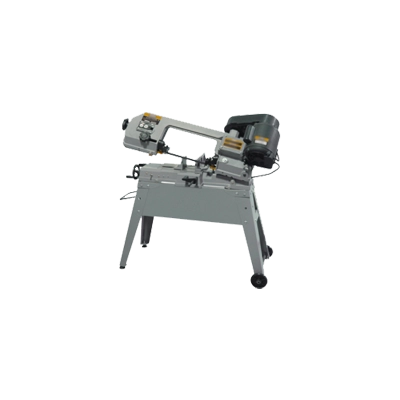
Manual Horizontal Metal-Cutting Band Saws

Portable Band Saw Accessories

Replacement Parts for Band Saws

Semi-Automatic Horizontal Metal-Cutting Band Saws
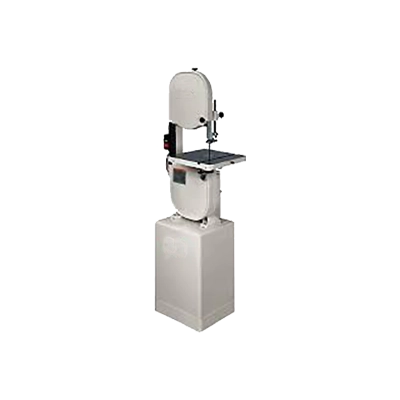
Vertical Metal-Cutting Band Saws
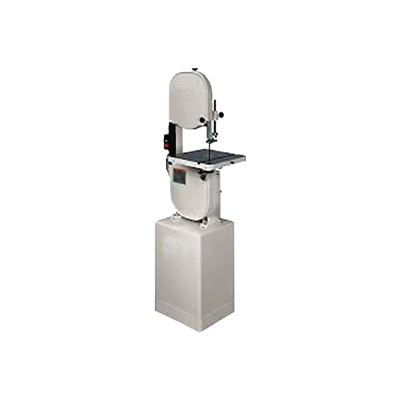
Wood-Cutting Band Saws
Frequently Asked Questions
What is a band saw used for?
How do you change a band saw blade?
What are the differences between a portable and stationary band saw?
How do you maintain a band saw?
What materials can a band saw cut?
How do you make straight cuts with a band saw?
What safety precautions should be taken when using a band saw?